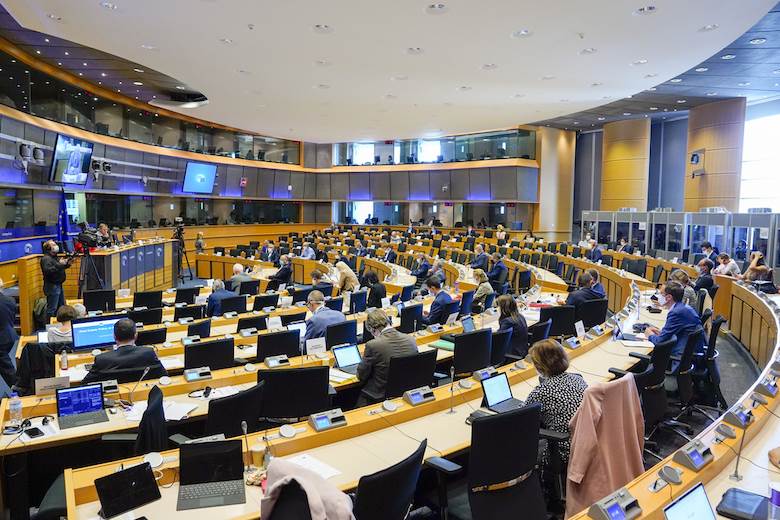COTANCE supports European Commission anti-greenwashing initiative

The leather industry’s representative body in the European Union, COTANCE, is one of the organisations to have submitted feedback as part of a consultation on substantiating claims about the environmental performance of products and businesses.
This feedback exercise is part of a wider European Commission initiative that will require companies to substantiate the claims they make about the environmental footprint of their products or services. The Commission’s aim is to put in place a standard method for quantifying these claims.
It said on launching the feedback exercise: “The aim is to make the claims reliable, comparable and verifiable across the European Union, reducing ‘greenwashing’ and companies giving a false impression of their environmental impact. This should help commercial buyers and investors make more sustainable decisions and increase consumer confidence in green labels and information.”
COTANCE based its contribution on work it carried out successfully between 2013 and 2018 to win approval from the European Commission for product environmental footprint category rules (PEFCR) it developed for the leather industry.
It said: “COTANCE supports the objective to move towards a more harmonised approach for providing consumers with relevant, reliable and comparable environmental information, increasing simplification and reducing administrative burdens, especially for SMEs.”
It said a “harmonised framework” would suit the leather industry and that the product environmental footprint methodology it has developed can serve as “a fundamental tool for driving environmentally sustainable practices in the tanning sector and making it possible to quantify improvements”. The product environmental footprint approach is the best way to provide environmental information “in a credible and measurable way” COTANCE said.
This initiative is now open to public consultation and will remain open until December 3. The European Commission has said it intends formulate a proposal for a new regulation in the second quarter of 2021.











